When it comes to culinary curiosities, the United States is a land of diverse tastes and preferences. However, not everything that tickles the taste buds worldwide is welcome here. Whether due to safety concerns, ethical considerations, or environmental impacts, some foods have found themselves on the U.S. banned list. This list features 20 such foods, each with a unique story that might surprise you. From cheeses that crawl with life to fish that could be your last meal, these banned items showcase a fascinating blend of culture, cuisine, and caution.
1. Casu Marzu (Italy)

Casu Marzu hails from the heart of Sardinia and is not your average cheese. Known for its intense flavor, this cheese is home to live insect larvae. The larvae are intentionally introduced to enhance fermentation, breaking down the fats and creating a unique texture.
While it might sound like a daring culinary adventure, the presence of live maggots is a health violation in the U.S., where such practices are deemed unsanitary.
Interestingly, locals swear by its aphrodisiac qualities, but if you’re looking to try this cheese, a trip to Sardinia is your best bet. Its rarity and notoriety make it a sought-after delicacy for cheese enthusiasts.
2. Haggis (Scotland)
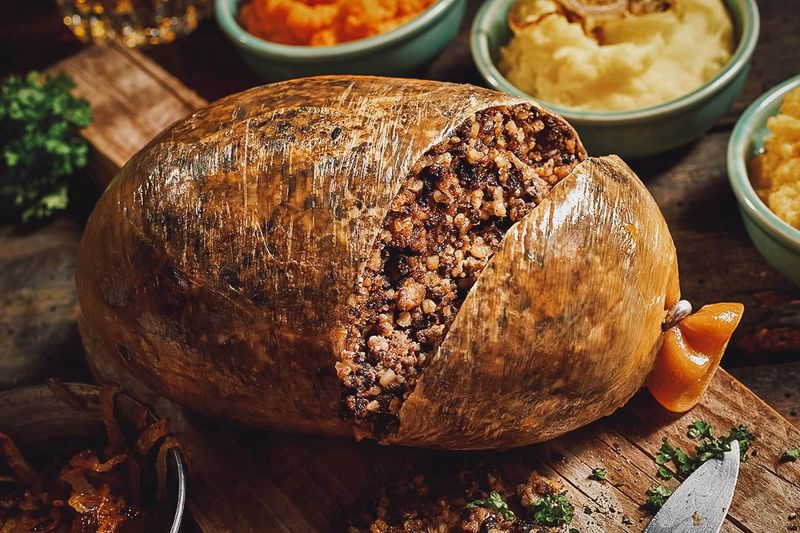
Haggis, Scotland’s beloved dish, is as much a cultural icon as it is a culinary one. Made with sheep’s heart, liver, and lungs, combined with onions, oatmeal, and spices, it is encased in a sheep’s stomach.
While haggis is celebrated at Burns suppers and other gatherings, its authentic version isn’t available in the U.S. due to the prohibition of sheep lung consumption.
For those daring enough to savor its earthy taste, visiting Scotland is essential. The U.S. variant lacks the authentic ingredient, making the Scottish experience irreplaceable. A taste of haggis is like tasting a piece of Scottish heritage.
3. Fugu (Pufferfish)
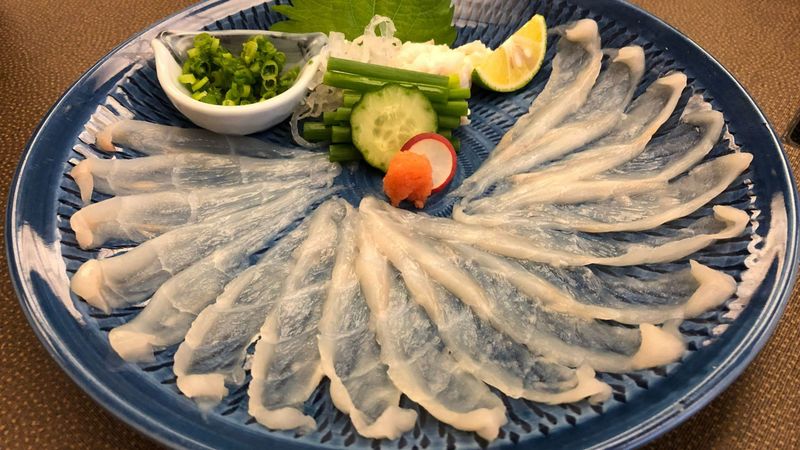
Fugu, or pufferfish, is Japan’s most infamous delicacy, renowned for its potential danger. The thrill comes from its tetrodotoxin content, a poison more potent than cyanide. Only specially trained chefs, who undergo years of rigorous training, are allowed to prepare it.
In the U.S., regulations prohibit its sale due to the risk of improper preparation and consumption. However, some licensed restaurants import and serve it under strict guidelines.
For those seeking an adrenaline-filled dining experience, Fugu offers a taste adventure unlike any other. Its delicate flavor and unique preparation make it a dish for the daring.
4. Kinder Surprise Eggs

Kinder Surprise Eggs, beloved by children worldwide, combine chocolate and a toy surprise. However, the U.S. considers the embedded toy a choking hazard, leading to a ban on these playful treats.
This regulation comes from a law prohibiting non-nutritive objects in confections, aiming to protect young consumers. Despite this, Kinder Joy, a similar product, is available, offering a workaround with separate compartments for toy and chocolate.
The ban has made Kinder Surprise Eggs a sought-after item for collectors and travelers, keeping the allure of the forbidden alive.
5. Ackee Fruit (Jamaica)
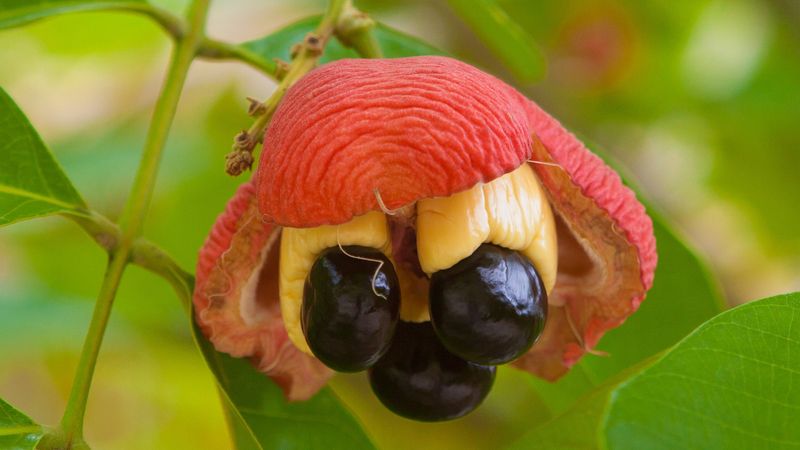
Ackee, Jamaica’s national fruit, is both a staple and a potential hazard. When properly ripened, it’s a delicious addition to the island’s cuisine. However, unripe ackee contains hypoglycin A, a toxin that can induce severe illness or even death.
The U.S. government imposes strict regulations on ackee imports to prevent accidental poisoning. Although canned ackee is available, fresh fruit remains banned.
This dual nature of ackee—both nutritious and dangerous—makes it a symbol of Jamaica’s vibrant yet cautious culinary culture, cherished at home but handled with care abroad.
6. Horse Meat
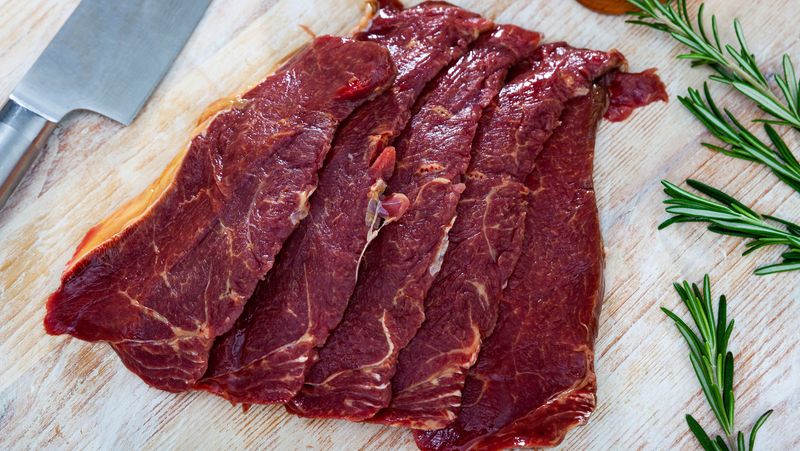
Horse meat, consumed in parts of Europe and Asia, stirs controversy in the U.S. While not outright illegal, the prohibition of USDA inspection effectively halts its commercial availability.
Cultural and ethical considerations contribute to its taboo status, with horses often seen as companions rather than cuisine. Despite this, some argue for its nutritional benefits, citing lean protein and iron content.
The debate over horse meat lingers, reflecting broader discussions about cultural food norms and ethical consumption. For some, it’s a culinary curiosity; for others, an ethical line not to be crossed.
7. Ortolan (France)

Ortolan, a tiny songbird, is enveloped in French culinary mystique. Traditionally consumed whole, often under a napkin to enhance aroma and preserve modesty, it’s a gastronomic experience steeped in ritual.
However, U.S. regulations protect migratory birds, including Ortolan, making it unavailable to American diners. The practice of capturing and consuming these birds is controversial, drawing criticism and legal repercussions.
Despite the ban, Ortolan remains a symbol of luxury and excess, a forbidden taste that intrigues those fascinated by culinary traditions and the ethical questions they pose.
8. Unpasteurized Milk (Raw Milk)

Unpasteurized milk, or raw milk, is heralded by some for its purported health benefits, including improved digestion and nutrient retention. Yet, it also poses significant health risks, such as exposure to E. coli and Listeria.
In the U.S., legality varies by state, reflecting a balance between consumer demand and safety concerns. Advocates claim raw milk offers a richer taste and superior nutrition, while critics emphasize the potential for harmful bacteria.
This controversial beverage continues to stir debate, embodying the tension between traditional and modern food safety practices.
9. Salt-Cured Eggs (Certain Versions)

Salt-cured eggs, particularly from Chinese cuisine, are celebrated for their rich, savory flavor. However, certain traditional methods involve lead-based brine, posing serious health risks.
In the U.S., such practices are banned due to lead toxicity concerns, prompting a shift to safer curing techniques. These eggs are a staple in many Asian dishes, adding depth and umami to various recipes.
The ban highlights the intersection of cultural tradition and modern health standards, as safer alternatives provide a way to enjoy this delicacy without compromising on flavor.
10. Frog Fallopian Tubes (in Some Asian Desserts)
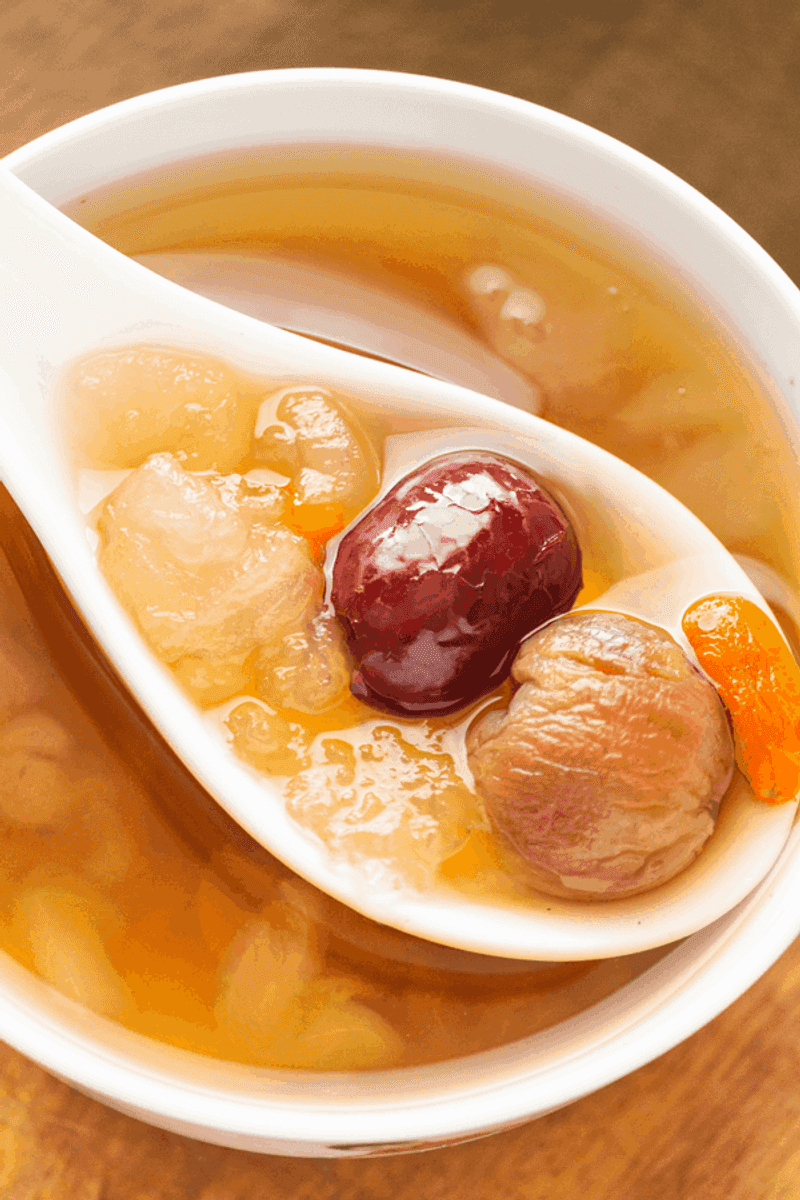
In Asian cuisine, frog fallopian tubes are an exotic ingredient found in desserts, revered for their unique texture and supposed health benefits. However, in the U.S., these ingredients often lack regulation, posing potential contamination risks.
Their rarity and the mystery surrounding their use add to their allure, though safety concerns limit their availability. These desserts offer a glimpse into the adventurous side of Asian culinary tradition, where unusual ingredients are celebrated.
While intriguing to some, the lack of oversight in their preparation and sale keeps them a curiosity rather than a common treat stateside.
11. Silver Pomfret Fish
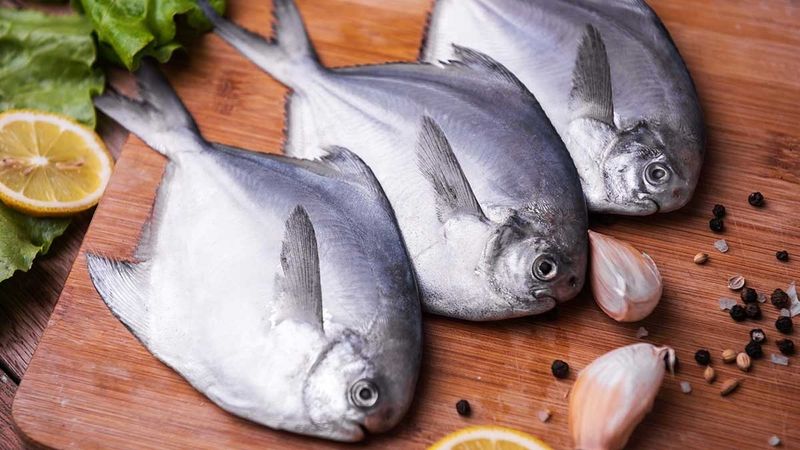
Silver Pomfret, a prized fish in Asian cuisine, faces strict regulation in the U.S. Concerns about overfishing and potential contaminants result in tightly controlled importation.
This fish is renowned for its delicate flavor and tender flesh, making it a favorite in many traditional dishes. Yet, sustainability issues have led to increased scrutiny and protective measures.
Despite limitations, Silver Pomfret’s culinary value continues to entice seafood lovers, capturing the essence of coastal dining. Its story reflects broader environmental challenges within global seafood markets.
12. Steak Tartare Made with Certain Raw Meats

Steak tartare, a classic French dish, is beloved for its simplicity and bold flavors. Yet, in the U.S., certain raw meat preparations face restrictions due to USDA handling and temperature regulations aimed at preventing foodborne illnesses.
The dish consists of finely chopped raw beef, seasoned with spices, capers, and onions, often topped with a raw egg yolk. Its appeal lies in the quality of the meat and the expertise in preparation.
While some versions are available, these restrictions highlight the balance between culinary tradition and public health priorities.
13. Cheeses Made with Raw Milk (Under 60 Days Aged)

Cheeses like Brie and Camembert, made from raw milk and aged less than 60 days, are treasures in Europe. However, FDA regulations in the U.S. require longer aging to prevent harmful bacteria, limiting their availability.
These cheeses are celebrated for their creamy texture and rich flavors, best savored with a crusty baguette or crisp apple slices. Their artisanal production reflects a deep-rooted tradition that values quality and taste.
The ban illustrates the nuances of food safety and cultural appreciation, as cheese lovers seek these delicacies abroad for an authentic experience.
14. Queen Conch (Fresh or Frozen)
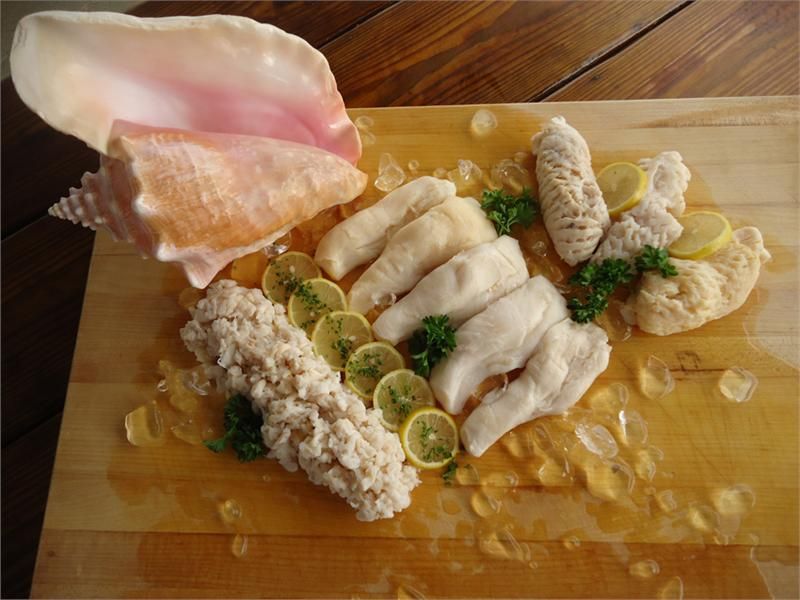
Queen Conch, a Caribbean delicacy, is renowned for its sweet, tender meat. However, due to overharvesting and environmental protections, its trade is heavily regulated in the U.S.
This mollusk plays a crucial role in marine ecosystems, prompting conservation efforts to ensure its survival. Its meat is a staple in Caribbean cuisine, featured in salads, fritters, and chowders.
The restrictions underscore the importance of sustainable practices in preserving marine biodiversity, highlighting the delicate balance between culinary demand and environmental stewardship.
15. Fresh Sea Turtle Meat

Sea turtles, symbols of grace and longevity, face threats due to habitat loss and hunting. In the U.S., trade and consumption of sea turtle meat are prohibited to protect these endangered creatures.
Their decline has sparked global conservation efforts, emphasizing the importance of protecting marine life. For many coastal cultures, sea turtles hold cultural significance, historically consumed for their supposed aphrodisiac properties.
The ban reflects a commitment to preserving biodiversity and respecting wildlife. Sea turtles inspire awe and respect, reminding us of the fragile interconnectedness of oceanic ecosystems.
16. Sassafras Oil
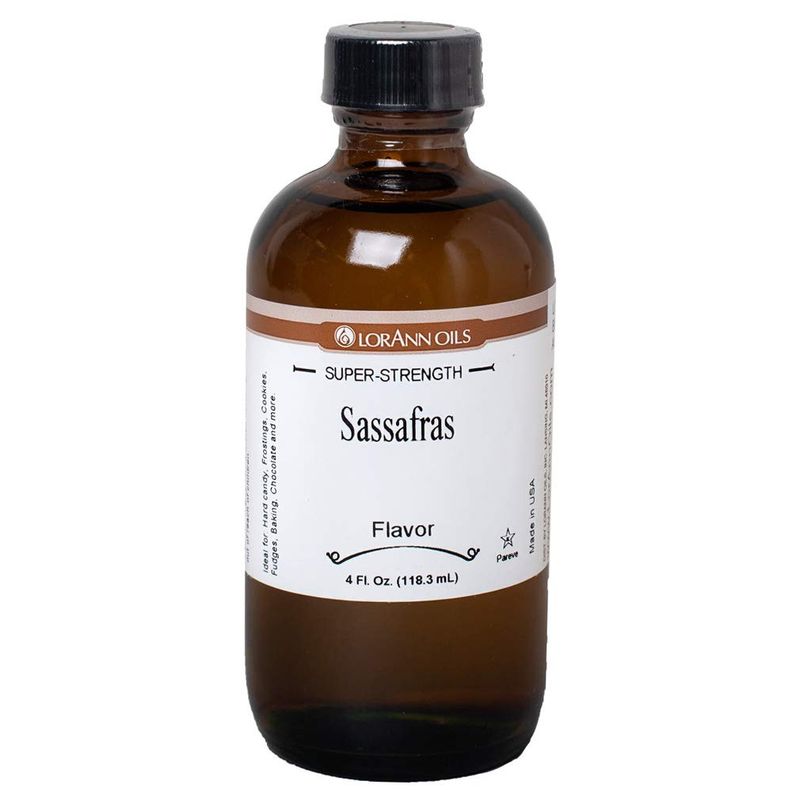
Sassafras oil, once a key ingredient in traditional root beer, is now banned in the U.S. The reason? Safrole, a compound in the oil, is linked to liver cancer.
Despite its historical use, modern regulations prioritize health safety, leading to the exclusion of sassafras from commercial beverages. However, its nostalgic aroma remains beloved by those who remember its past.
This shift reflects broader changes in food safety standards, balancing tradition with modern health knowledge. Sassafras oil’s story is a reminder of the evolving nature of culinary practices.
17. Redfish (Red Drum)

Redfish, or Red Drum, is a Gulf Coast favorite, cherished for its mild flavor and firm texture. However, overfishing led to a federal ban on its commercial harvesting in the U.S.
This action aims to restore depleted populations and protect the species for future generations. Recreational fishing is still permitted, allowing enthusiasts to enjoy this fish responsibly.
Redfish’s tale highlights the importance of sustainable fishing practices and the role of regulation in preserving marine resources. It’s a reminder of our responsibility to protect oceanic bounty.
18. Beef with Added Hormones (From Other Countries)
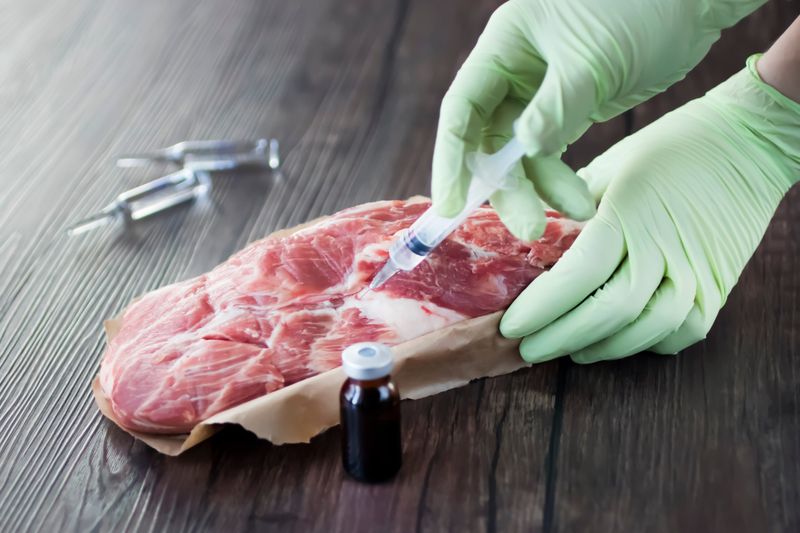
The U.S. takes a firm stance against hormone-treated beef imports, particularly from the EU. Concerns over drug residues and their potential impact on human health drive this ban.
While hormone use boosts growth rates, it raises questions about long-term safety. The U.S. preference for hormone-free beef reflects broader consumer demand for transparency and quality in food production.
This issue underscores ongoing debates about food safety, agricultural practices, and consumer rights, highlighting the complexities of global food trade.
19. Foie Gras (Banned in Some States)

Foie Gras, synonymous with luxury dining, faces bans in California and other regions due to animal welfare concerns in its production. The process involves force-feeding ducks or geese, sparking ethical debates.
Advocates argue for humane practices and alternatives, while connoisseurs praise its rich, buttery flavor. This delicacy highlights the intersection of gastronomy and ethics, where culinary delight meets moral responsibility.
Foie Gras invites reflection on the values we hold in food production and consumption, illustrating the evolving landscape of culinary ethics.
20. Foods Containing Potassium Bromate

Potassium bromate, once a common bread additive, faces bans in Europe and California due to cancer concerns. Despite its ability to improve dough strength and elasticity, health risks outweigh its benefits.
The shift away from potassium bromate reflects a growing emphasis on food safety and consumer health. Bakers now seek alternative methods to achieve the same quality without compromising safety.
This transition signifies broader trends in the food industry towards transparency and healthier options, aligning with consumer preferences for safer, more natural ingredients.

Comments
Loading…